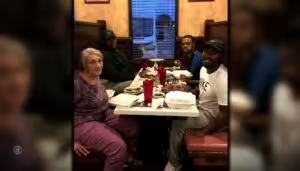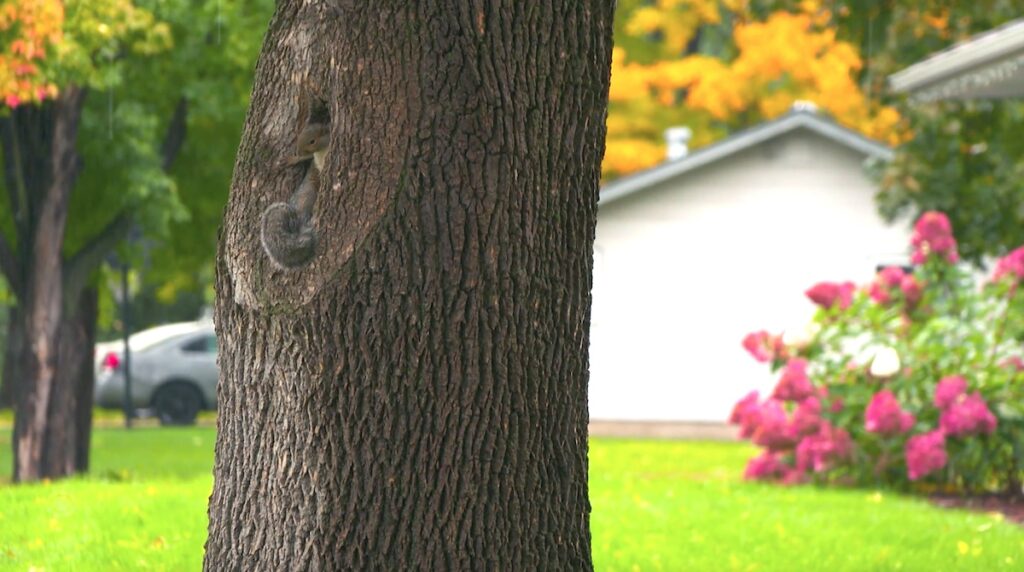
We put our values into action every day. It is important to know what our values are, so we make sure our actions are aligned with what we believe in.

Make decisions based on rationality, ethics, and effectiveness.
Assess and be sensitive to the feelings and needs of others.
Fully engaged in the educational process and connected to the school community.

Students will reflect on how values impact our actions.






K-5
6-12

Educators: Copy the Family Connection and email it to parents, or click here to download a PDF version to email or print.
Watch
Watch the video as a family: https://youtu.be/eFvL-fUjt3g
Discuss
Use these questions to start meaningful conversations about values in action.